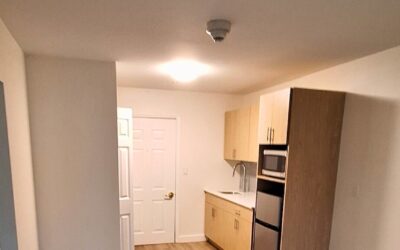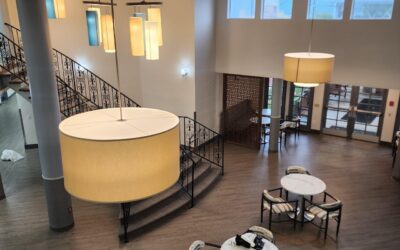Do you know about design build construction? In the fast-paced world of construction, the design-build approach has emerged as a game-changer, streamlining processes, saving costs, and ensuring project success. For developers, project managers, and real estate professionals, understanding this innovative project delivery method can be the key to unlocking efficiency and quality in construction endeavors.
This blog post dives deep into the design-build construction process, exploring its benefits, comparing it to traditional methods, and offering insights into its implementation. Whether you’re embarking on a new building project or seeking ways to enhance your construction strategies, this guide is tailored to equip you with valuable knowledge on design-build construction.

What is Design-Build Construction
Definition of Design-Build Construction
Design-build construction is a revolutionary project delivery method that integrates design and construction services under a single contract. Unlike traditional methods where design and construction are separate phases managed by distinct entities, design-build brings together a cohesive team that collaborates from start to finish. This approach ensures a smoother transition between design and construction phases and fosters a more unified project vision.
Benefits of The Design-Build Method
One of the primary advantages of design-build construction is the single point of contact it provides for both design and construction phases. This reduces the risk of miscommunication and conflicting objectives, ultimately leading to faster project completion. Additionally, by overlapping the design and construction phases, design-build construction minimizes delays, allowing for a compressed delivery schedule. This time-saving aspect often translates into cost savings, making it an attractive choice for developers and project owners.
How Design-Build Differs from Traditional Construction Methods
Traditional construction methods, such as design-bid-build, involve separate contracts between the owner and the designer, and the owner and the contractor. This separation can lead to inefficiencies, as each party works independently, sometimes resulting in change orders and disputes. In contrast, design-build construction eliminates these challenges by fostering collaboration and shared responsibility. The design-builder, as a single entity, takes on the responsibility for both design and construction, ensuring alignment and reducing potential conflicts.

The Build Design Process
Site Selection and Project Conception
The design-build process begins with careful site selection and project conception. At this stage, the owner collaborates with the design-builder to identify a suitable location and define the project’s scope, budget, and schedule. This early collaboration allows the design-builder to provide valuable input on feasibility, potential risks, and site-specific considerations, setting the stage for a successful project.
Preliminary Design and Cost Estimation
Once the site is selected, the design-builder develops a preliminary design and cost estimate. This involves crafting a conceptual plan that outlines the project’s key features and estimated budget. The design-builder works closely with the owner to refine the design, identifying opportunities for cost savings and efficiencies. By conducting a thorough analysis during this phase, potential challenges can be addressed early on, reducing the likelihood of costly changes down the line.
Selecting the Design-Build Team
Assembling the right design-build team is crucial to the success of the project. This team typically includes the design-builder, architect, engineer, and other specialists relevant to the project’s unique requirements. The design-builder takes on the role of managing the team and ensuring that all members collaborate harmoniously. A well-coordinated team is essential for achieving the project’s goals and delivering results that align with the owner’s vision.

Advantages of Design-Build
Collaboration and Communication
Design-build construction fosters an environment of collaboration and open communication. With a unified team working toward a common goal, there is a heightened level of coordination and transparency throughout the project’s lifecycle. Regular communication between the owner and the design-builder ensures that any potential issues are addressed promptly, leading to smoother project execution and improved outcomes.
Cost Savings and Quality Control
One of the standout benefits of design-build construction is its potential for cost savings and enhanced quality control. By eliminating the need for separate contracts and change orders, design-build construction minimizes administrative overhead and reduces the risk of budget overruns. The design-builder takes on the responsibility of managing the project’s budget, ensuring that resources are allocated efficiently to meet the desired quality standards.
Risk Mitigation and Transparency
Design-build construction offers a proactive approach to risk management. With a single point of contact for both design and construction, potential risks are identified early and addressed collaboratively. This transparency extends to regular progress reports and updates, providing the owner with a clear view of the project’s status. The design-builder’s commitment to risk mitigation contributes to a more predictable and successful project outcome.

Choosing the Right Project Delivery Systems and Method
Understanding Project Delivery Methods
When embarking on a construction project, selecting the right project delivery method is a critical decision. Various options, including design-bid-build, design-build, and construction management, each have their own merits and challenges. Understanding the nuances of these methods allows project owners to make informed choices that align with their specific goals and constraints.
How Design-Build Compares to Other Methods
Design-build construction distinguishes itself from other methods by offering a streamlined and integrated approach. Unlike design-bid-build, which involves multiple contracts and potential conflicts, design-build provides a single source of accountability. This integration enhances coordination and reduces the potential for misalignment, resulting in a more efficient and effective project delivery.
Selecting the Best Approach for Your Construction Project
Choosing the most suitable project delivery method requires careful consideration of factors such as project complexity, budget, and timeline. Design-build construction is particularly advantageous for projects where collaboration and efficiency are paramount. By partnering with a qualified design-builder, project owners can leverage the benefits of this approach to achieve successful outcomes.

Design Build Construction Cost Savings
Understanding the Cost Benefits of Design-Build
Cost savings are a compelling reason to consider design-build construction. By streamlining processes and minimizing the need for change orders, design-build construction reduces administrative costs and mitigates budget overruns. The design-builder’s ability to identify cost-effective solutions during the design phase enhances overall project affordability.
Strategies for Maximizing Cost Savings
Maximizing cost savings requires a strategic approach. Collaborating closely with the design-builder during the design phase allows the project team to identify potential efficiencies and optimize resource allocation. By proactively addressing potential cost drivers, project owners can achieve significant savings while maintaining the desired quality and scope of the project.
Design-Build and Construction Projects
Design-build construction has the potential to transform construction project outcomes. By integrating design and construction services, this approach enhances coordination and collaboration, leading to improved project efficiency and quality. The design-builder’s expertise in managing the entire project lifecycle ensures that objectives are met and expectations exceeded.

The Role of the Design-Builder
Responsibilities and Expectations
The design-builder plays a central role in the success of a design-build project. They are responsible for overseeing both the design and construction phases, ensuring that the project remains on track and aligned with the owner’s vision. This comprehensive responsibility streamlines communication and decision-making, contributing to a seamless project experience.
How Design-Builders Manage the Construction Process
Managing the construction process requires a combination of technical expertise and effective communication. Design-builders collaborate closely with the owner and project team to coordinate activities, address challenges, and ensure that the project progresses according to schedule. Their ability to anticipate and resolve issues contributes to a successful and timely project completion.
Ensuring Quality and Meeting Project Goals
Quality assurance is a top priority for design-build projects. The design-builder is accountable for meeting the project’s quality standards and ensuring that all deliverables align with the owner’s requirements. Through rigorous oversight and proactive risk management, the design-builder ensures that the project achieves its intended goals.

Conclusion
Design-build construction stands as a dynamic and efficient project delivery method that empowers developers, project managers, and real estate professionals to achieve their construction goals with confidence. By fostering collaboration, streamlining processes, and optimizing resources, design-build construction delivers successful outcomes that exceed expectations.
For those embarking on their next building project, considering the design-build model offers a pathway to streamlined success. By partnering with a qualified design-builder, project owners can unlock the full potential of this innovative approach and realize their vision with ease. Whether you’re seeking cost savings, improved communication, or enhanced project quality, design-build construction provides the tools and expertise needed to succeed in today’s competitive construction landscape.
Resources
Useful Resources for Design-Build Projects
Here are some valuable resources that can provide further insights and guidance on design-build construction:
- Design-Build Institute of America (DBIA): The DBIA offers a wealth of information, including best practices, certification programs, and case studies to help stakeholders understand and implement design-build projects effectively.
- Construction Industry Institute (CII): CII provides research and educational materials related to construction project management, including design-build methodologies and innovative practices.
- National Institute of Building Sciences: This organization offers resources on various construction approaches, including design-build, helping professionals make informed decisions to improve building quality and performance.
- American Institute of Architects (AIA): AIA’s resources include guidance on design-build contracts, project delivery methods, and professional standards to support architects engaged in design-build projects.
- Building Design + Construction Magazine: This publication features articles, trends, and expert insights on design-build projects and other construction topics.
- Society of American Military Engineers (SAME): SAME provides resources and networking opportunities specifically for professionals involved in design and construction, including robust discussions on design-build approaches suitable for military and government projects.
- Lean Construction Institute (LCI): LCI focuses on Lean principles that can complement design-build projects by enhancing efficiency and reducing waste, providing tools and forums for practitioners committed to Lean methodologies.
- Associated General Contractors of America (AGC): AGC offers valuable insights into contract management, risk allocation, and legislative advocacy pertaining to design-build construction, helping members stay informed about industry trends and best practices.
Utilizing these resources can further inform and equip you to leverage design-build project delivery to its fullest potential, ensuring successful outcomes in your construction endeavors.
View Our Work
Brandywine Haverford Estates by Monarch
South Coast Improvement Company has completed interior renovations at the senior living community, Brandywine Haverford Estates by Monarch. We were entrusted with enhancing the facilities, and the results speak for themselves. The team brought diligence and...
Nouveau Marc by Barclay House
South Coast Improvement Company proudly partnering with QSL Management delivered a comprehensive renovation at Nouveau Marc by Barclay House, a premier senior living community. This project focused on revitalizing key resident areas with an emphasis on safety,...






